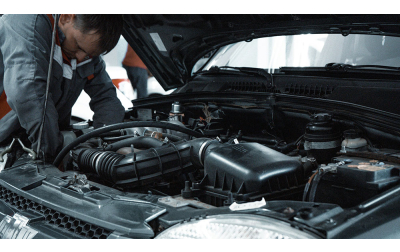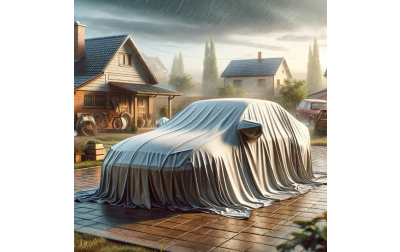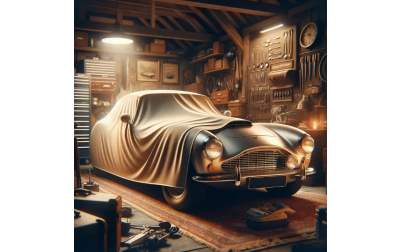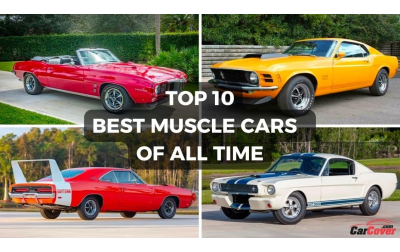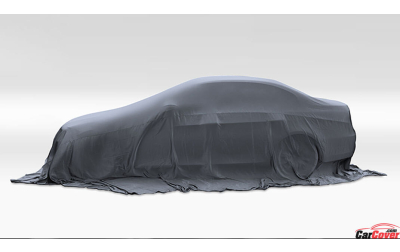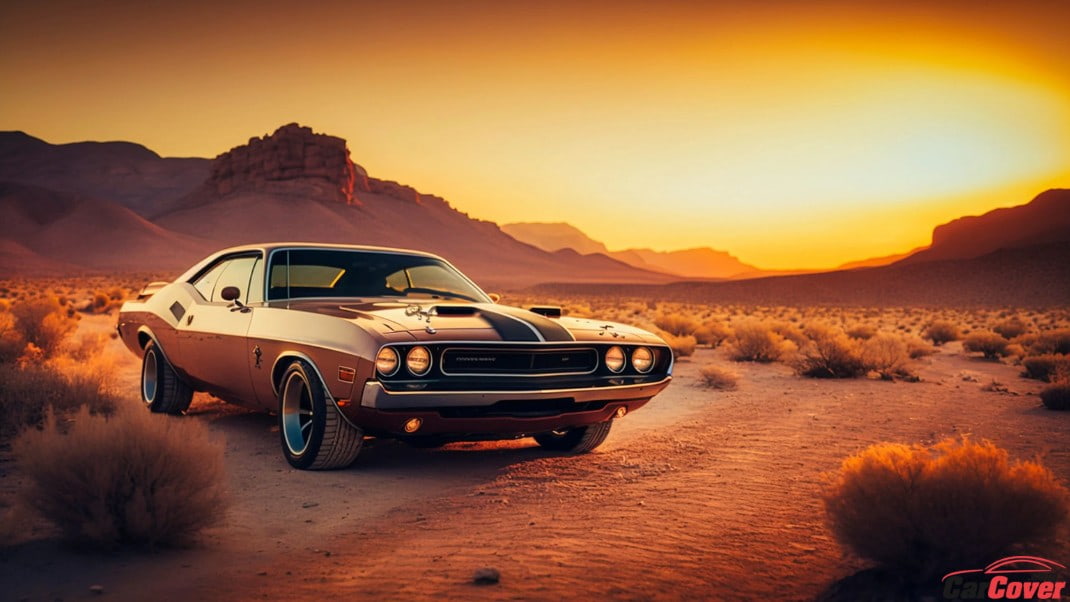
American Muscle Cars Through the Years
Very few things are as American as the muscle car. This car is one of the most important innovations of the 20th Century. The evolution of muscle cars over the 70 years of their history has stamped their place in American culture. Muscle cars have fascinated many, and if you are one of them, this article is an exploration of these cars and their rich history.
See also Top 10 Best Muscle Cars of All Time
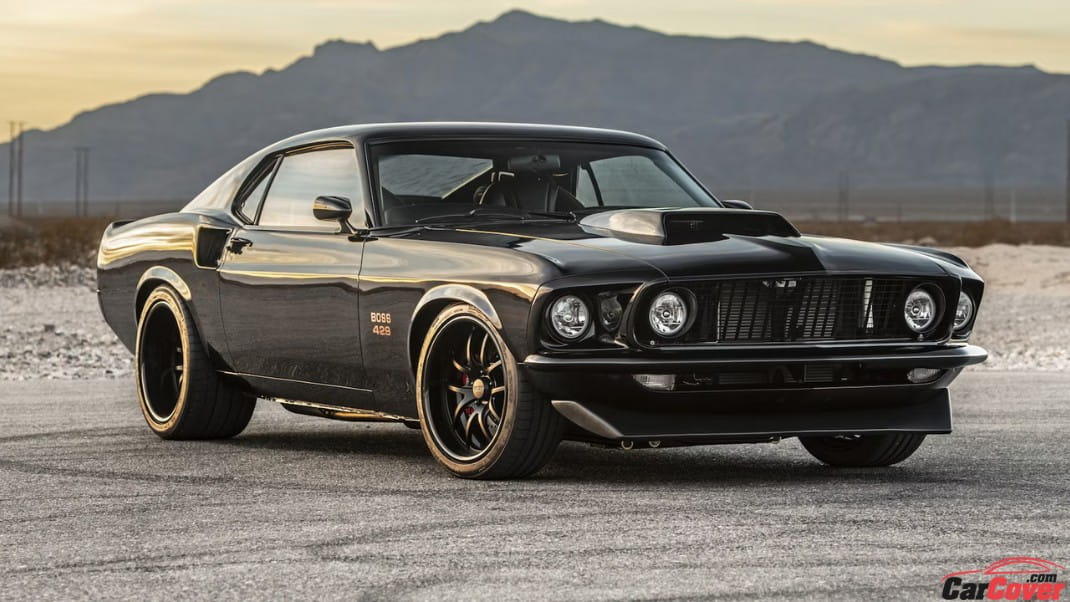

The First American Muscle Cars
Oldsmobile's Rocket 88 was the first American muscle car with its 1949 debut. The car was made of a high-compression overhead valve V8 engine and a lightweight Oldsmobile 76's body. Combining a powerful engine and a light body made for the first muscle car and many models adopted the approach. The muscle car has roots older than its 1949 debut. The car's origins can be traced back to the 1920s.
The 1920-1933 Prohibition pushed bootleggers and moonshiners to look for cars that could outrun the police. Bootleggers became famous for their modifications to make their cars faster and bigger carriers. As the 1940s roared on, bootlegged moonshine became less profitable, and former bootleggers, who had acquired a taste for the adrenaline rush, started competing against each other instead of the police. Manufacturers soon took notice as these cars constantly blew out the competition at street circuits.4
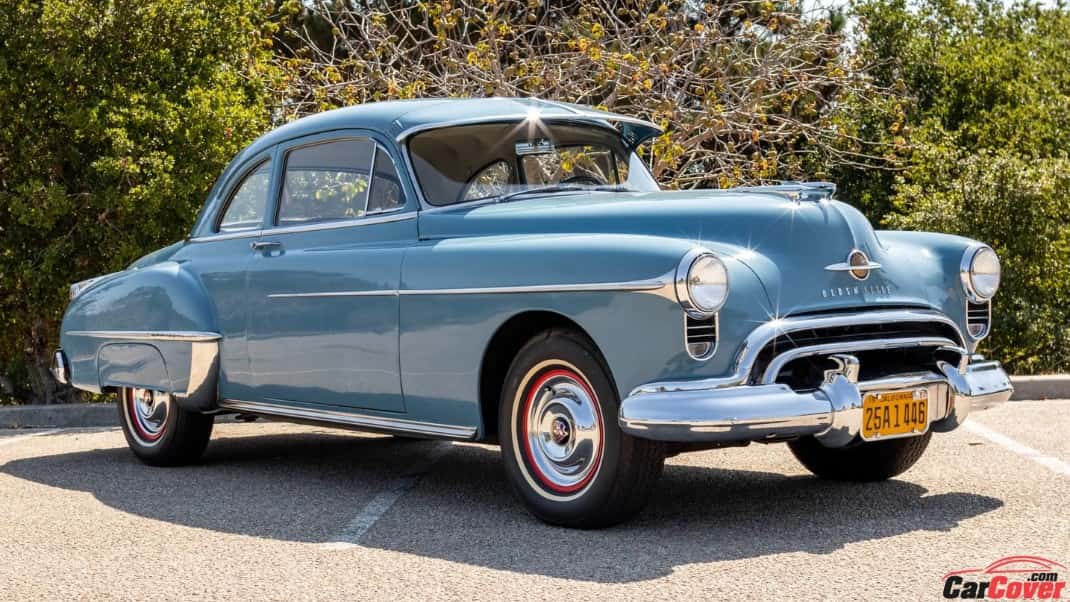

The Rocket 88's debut inspired manufacturers to produce cars that could compete on the track. The muscle industry started gaining traction in the 1950s as multiple models rose to compete against the 88. The name 'Muscle car' did not come into existence until the 60s when Pontiac called their 1964 GTO a muscle car. The name soon came to describe all souped-up cars.
The Battle of the Muscle Car
The Muscle car wars lasted for around a decade, between the 60s and 70s, only ending with the federal regulations and the oil embargo that forced manufacturers to rethink muscle cars. The main players in the war were Buick Gran Sport, Oldsmobile 442, Shelby Cobra, Pontiac GTO, and the Chevrolet Camaro. Automakers competed to make cars with the best engines, fastest speeds, and lowest prices to appeal to a wider market.
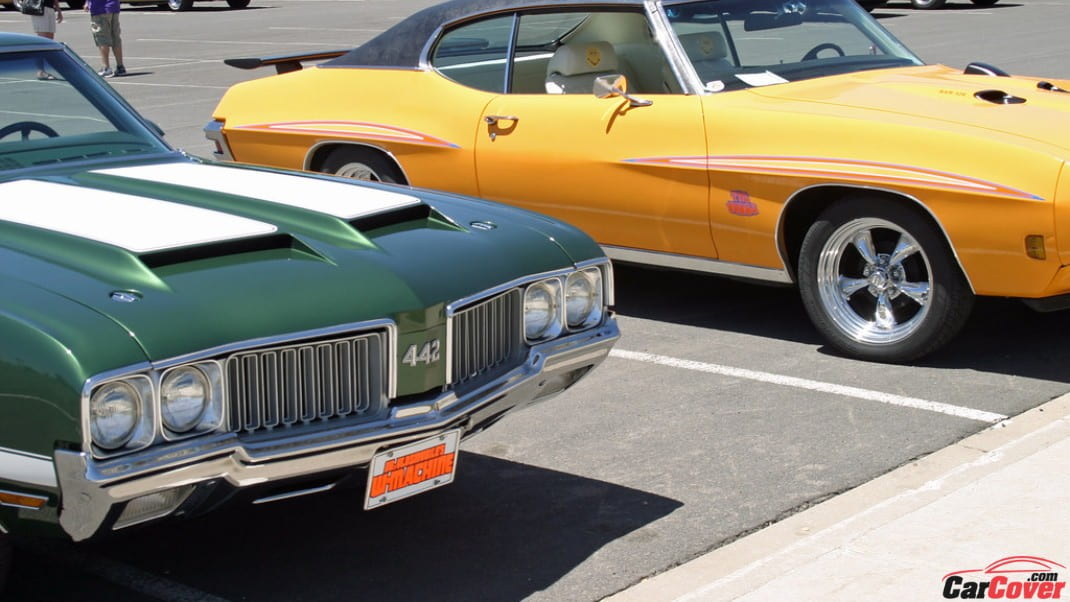

The successes of the Oldsmobile 442 and Pontiac GTO kicked off the war as other carmakers wanted a piece of the profits. Manufacturers wanted to decrease the 0-60 time. The primary participants in the war were Plymouth Road Runner, Dodge Charger, and the Shelby Cobra. The war ended with untimely federal regulations and the oil embargo. It became difficult to make cars that met federal regulations, and the oil embargo created bigger problems than one-upping the competition.
Maybe you like
The Evolution Through the Years
The muscle car's golden age lasted around a decade between the 60s and 70s, but these cars were around before and after this period. The following is a chronology starting in the 60s.
The 1960's
This was the start of the golden age of muscle cars and produced a number of timeless pieces.
1964 Pontiac GTO
This car kicked off the golden age. The designers wanted to fit the largest engine on the lightest body possible. The car went from 0-60 in 6.6 seconds and had 348 horsepower. Now one of the most famous cars of all time.
Related to 1970 Pontiac Firebird: American Muscle Icon
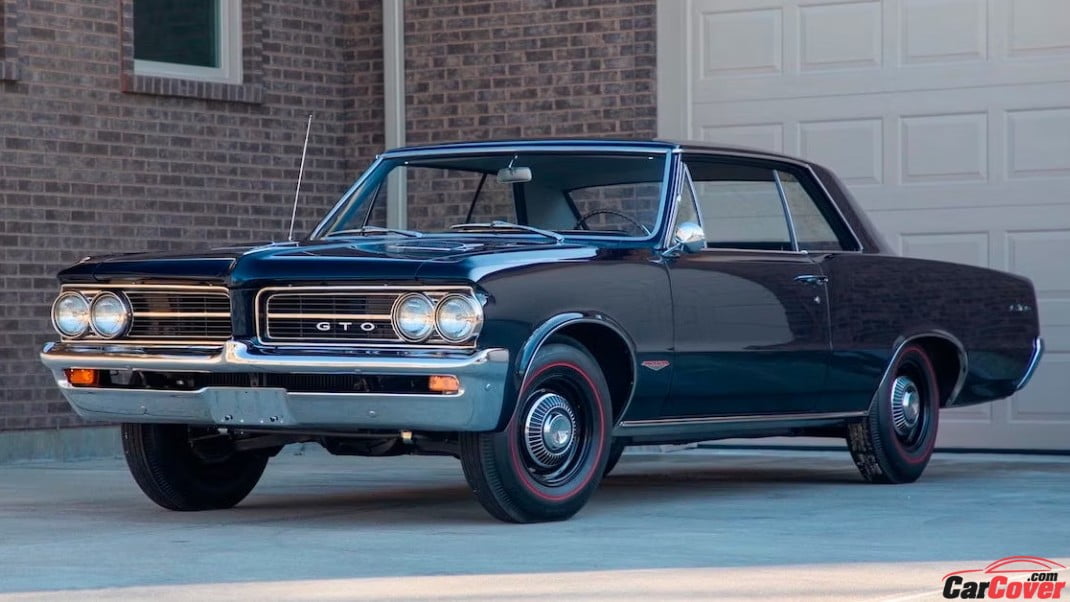

1967 Shelby Cobra 427 Super Snake
The most powerful Shelby ever. Looked like a sports car but was a racing car turned street-legal. The car had 800 horsepower, could go 0-60 in 3 seconds and had a top speed of around 200 mph.
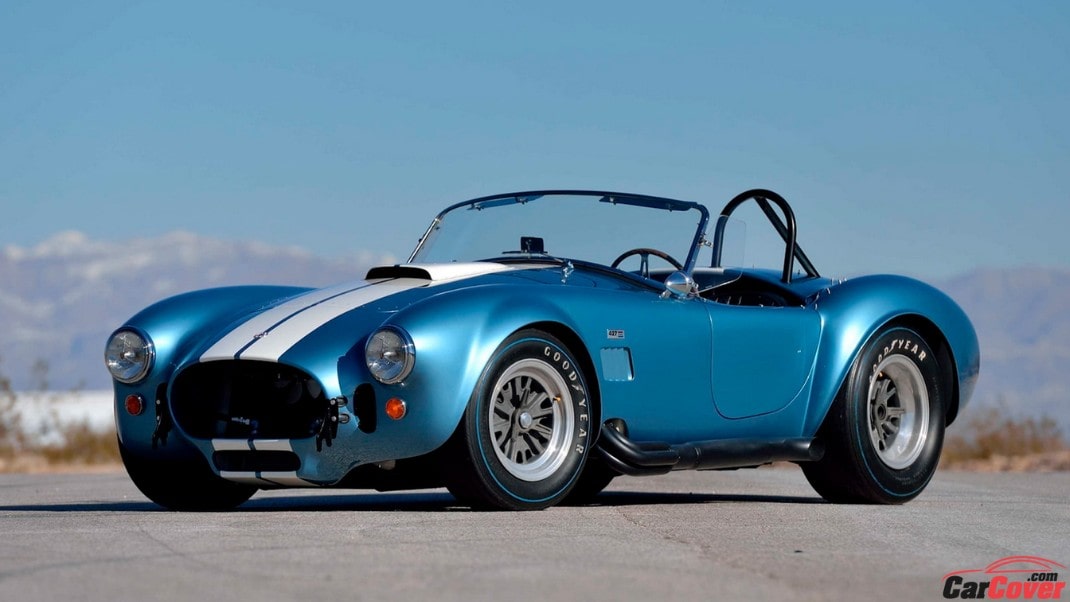

1968 Dodge Charger R/T
One of the most famous muscle cars with an iconic design, curvy body, a grill, and a refined tail. The car combined brilliant aesthetics and power to create a marvelous car that featured in multiple high-grossing films.
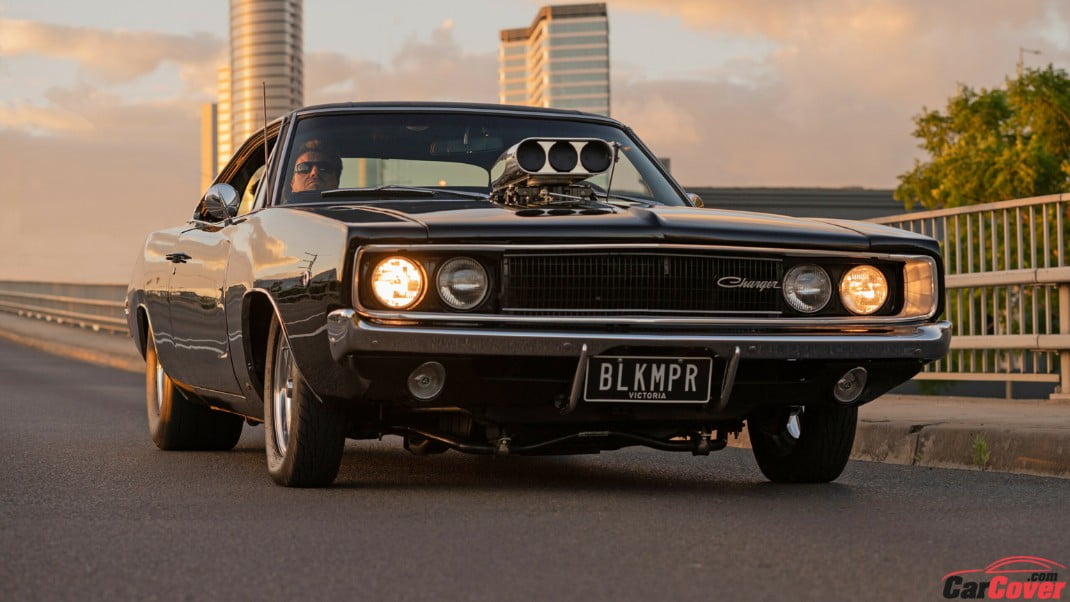

1968 Plymouth Road Runner Hemi
Named after a Looney Tunes character and had an especially appealing no-frills design. Much better performance, although it could be bland to look at.
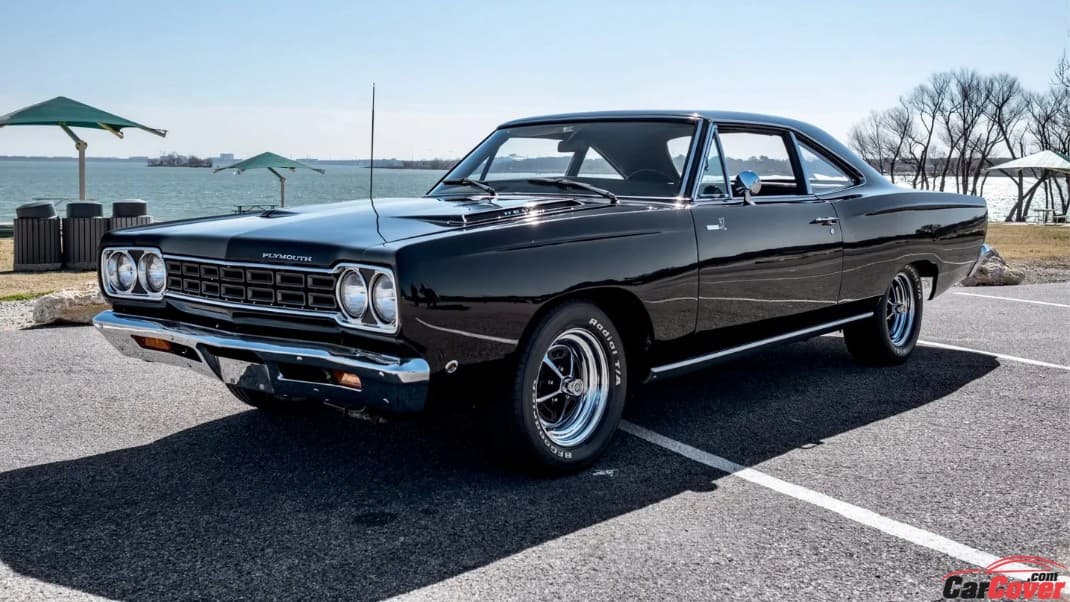

1968 Ford Mustang 428 Cobra Jet
A product of one of the main players in the muscle car war. The Mustang was one of the biggest players, and the 428 Cobra Jet was a highlight.
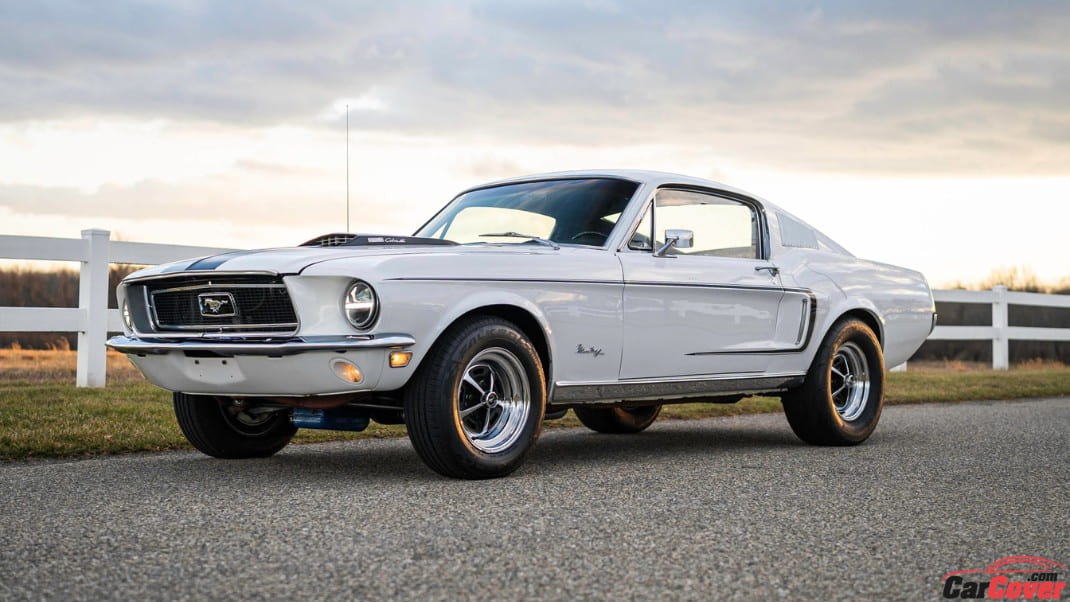

1969 Chevrolet Camaro ZL1
One of the most powerful and fastest muscle cars ever. It is also one of the rarest as only 69 were produced.
Related to 1967 Chevrolet Camaro SS Review: A Timeless Classic Muscle Car
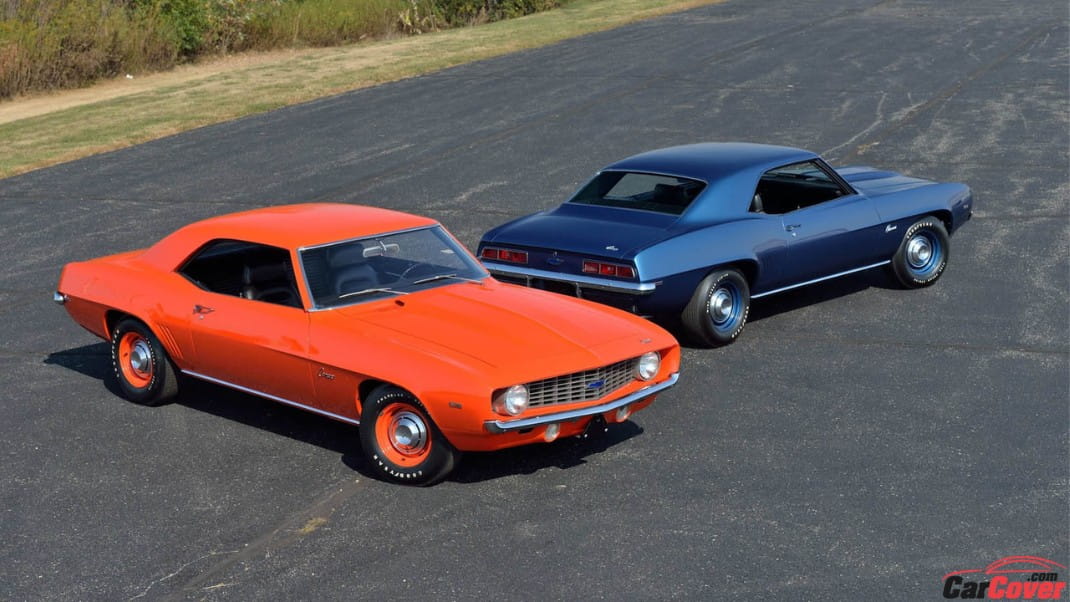

The 1970's
The culmination of the golden age. These cars were put into production right before regulations, and the oil embargo hit.
1970 Chevrolet Chevelle SS
Rose to become one of the main competitors in the muscle car market with its 450 horsepower and a 0 - 60 time of 5 seconds. The Chevelle SS had good power and was attractive even though Chevrolet Camaro outshone it.
See also 1970 Chevrolet Chevelle SS Review: The King of The Streets
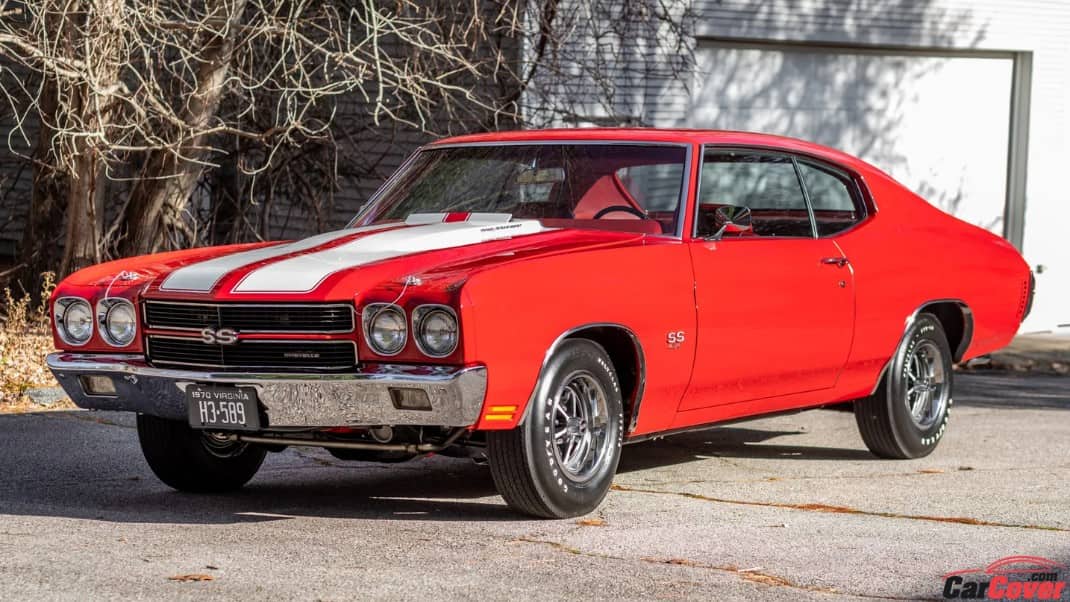

1971 Plymouth Hemi' Cuda Convertible
One of the rarest cars of the golden age, only 13 units were produced. Had 490-pound-foot of torque and 425 horsepower. The car had power and looks, making it one of the most notable models of the era.
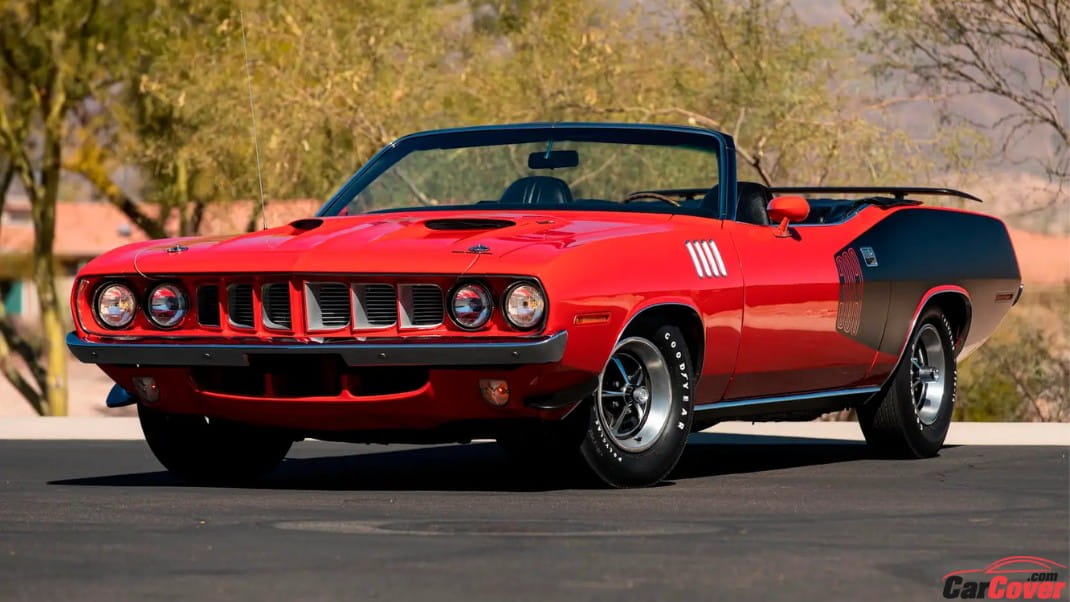

1973 De Tomaso Pantera
An attempt at combining Italian engineering with American muscle cars. Came with 361 pound-foot of torque and 345 horsepower.
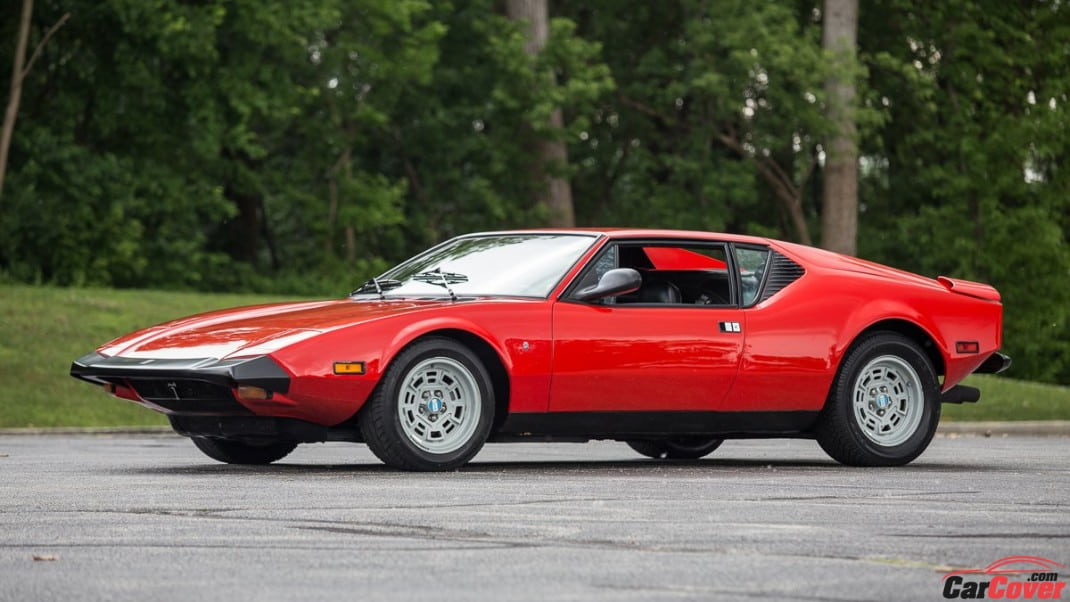

The 1980's
After a decade of adjusting to the new regulations and operating conditions, muscle cars made a comeback during this period.
1980 Pontiac Trans Am Turbo
Appealing design but less powerful than its predecessors. Also came with a turbocharger.
As may you like 1983 Jeep CJ-5 Review: Classic Off-Road Legend
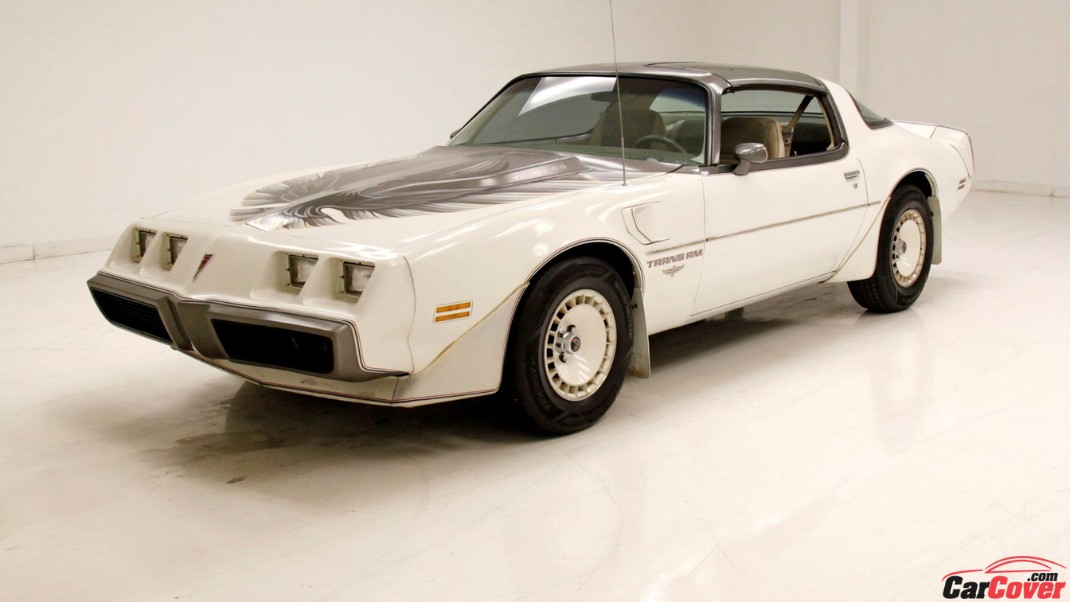

1987 Buick Grand National GNX
Known for its mean look that appealed to drivers going for intimidation. It could do 0-60 in 6.1 seconds and had 245 horsepower.1987 Ford Mustang GT
It came at a time when Ford was trying to end the Mustang line. The model was highly successful, prompting the company to keep Mustangs.
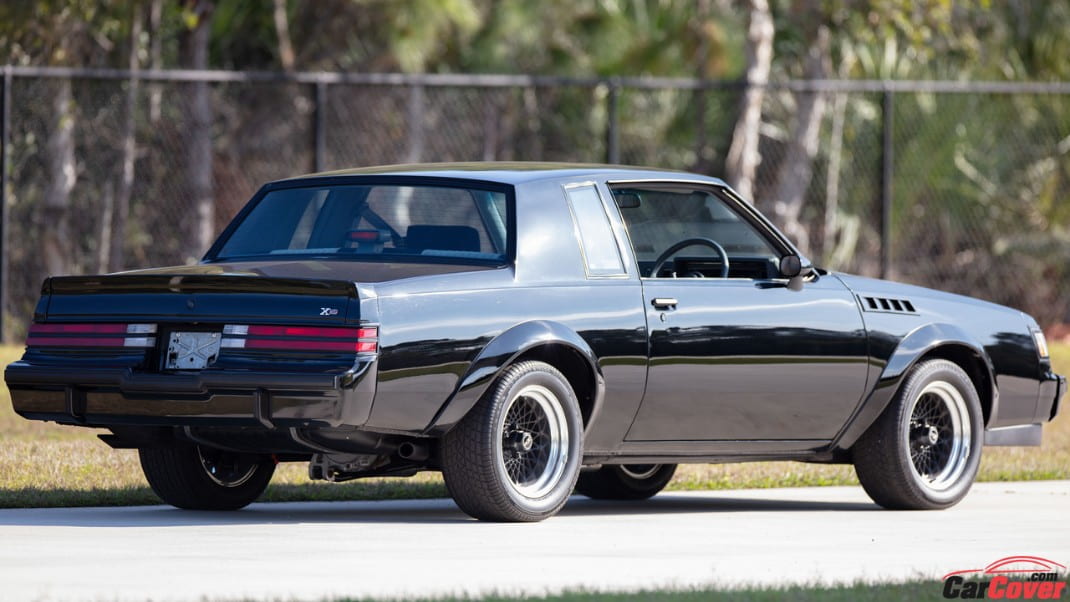

1987 Ford Mustang GT
It came at a time when Ford was trying to end the Mustang line. The model was highly successful, prompting the company to keep Mustangs.
See also 1985 Chevrolet Camaro IROC-Z Review: Retro Muscle Perfection
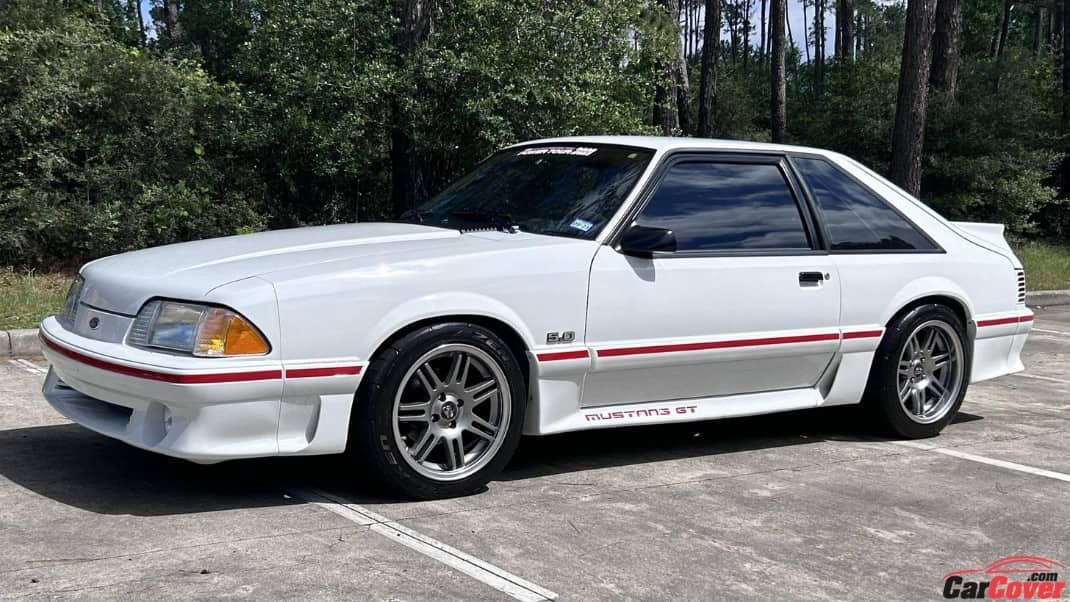

The 1990's
A decade of improvements, fine-tuning, and better performance. Cars were now more technologically advanced and equipped with better technology.
1992 Pontiac Trans Am GTA
Sleek and attractive. This car was also impressive performance-wise and could produce 340 pound-foot of torque and 240 horsepower.
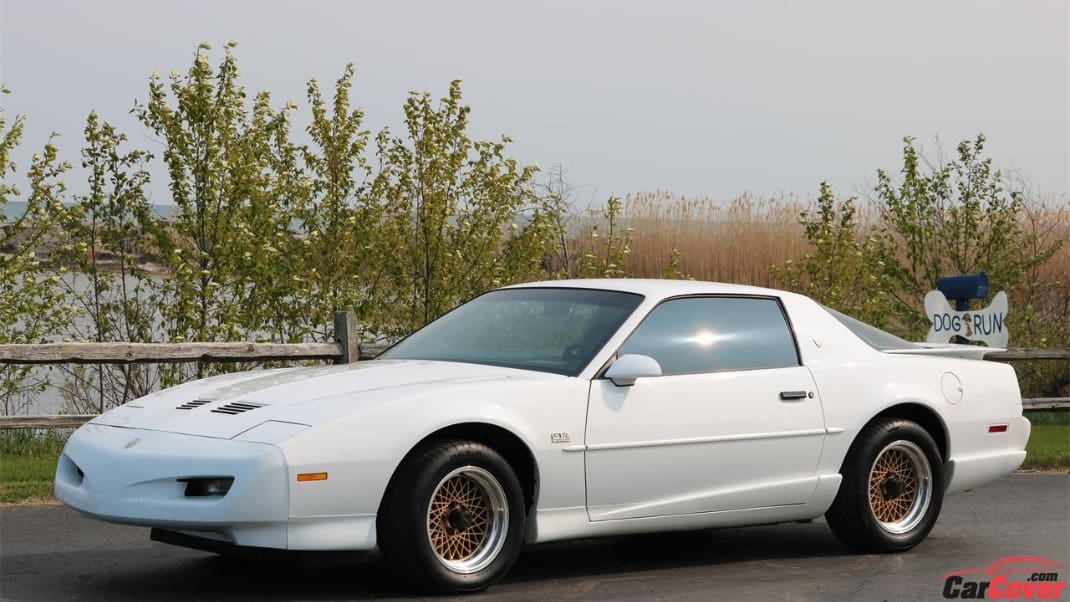

1996 Ford Mustang GT
Stunning, to say the least, which was its most attractive feature as it was not as good in other metrics. It could do 0-60 in 6.6 seconds and delivered 215 horsepower.
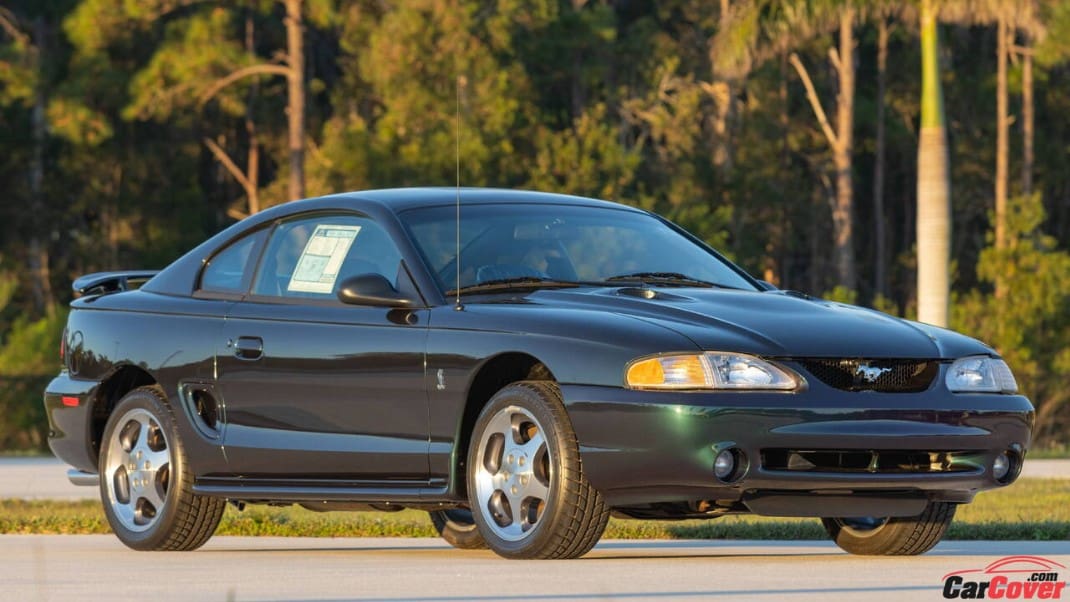

Also you like product Ford Mustang Car Covers
1997 Dodge Viper GTS Coupe
Combined stunning looks and great power. Racing stripes appeared around this time. It could go 0-60 in 4.2 seconds.
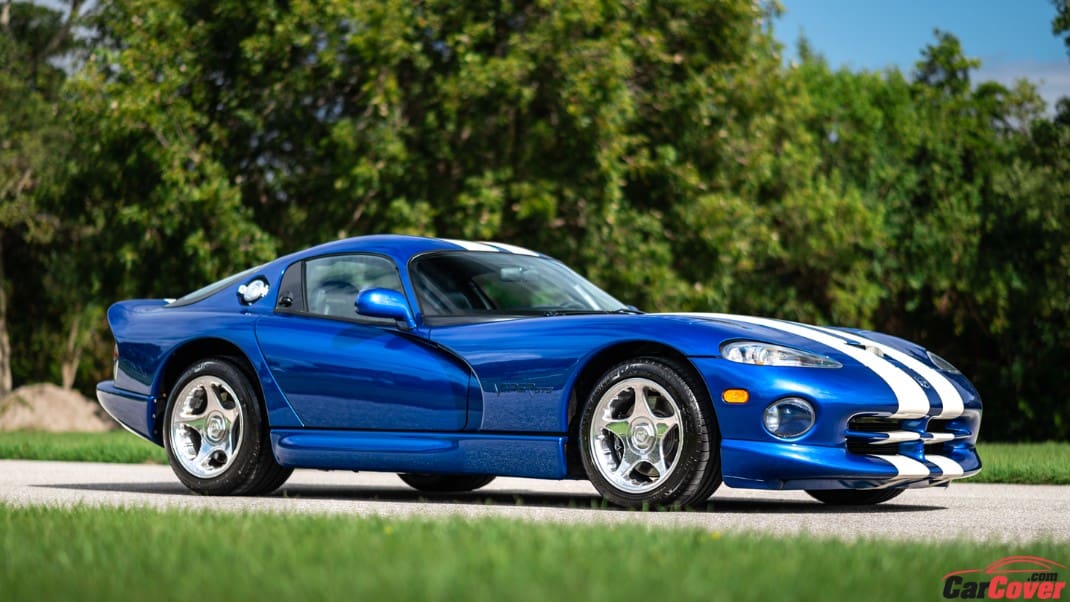

The 2000's
This period saw the revival of some of the classics. Technological advancements meant automakers could equip their cars with the impressive performance of the past and even surpass it.
2004 Cadillac CTS-V
Four-door with a 0-60 time of 5.3 seconds. The car could produce 395 pound-foot of torque and 400 horsepower.
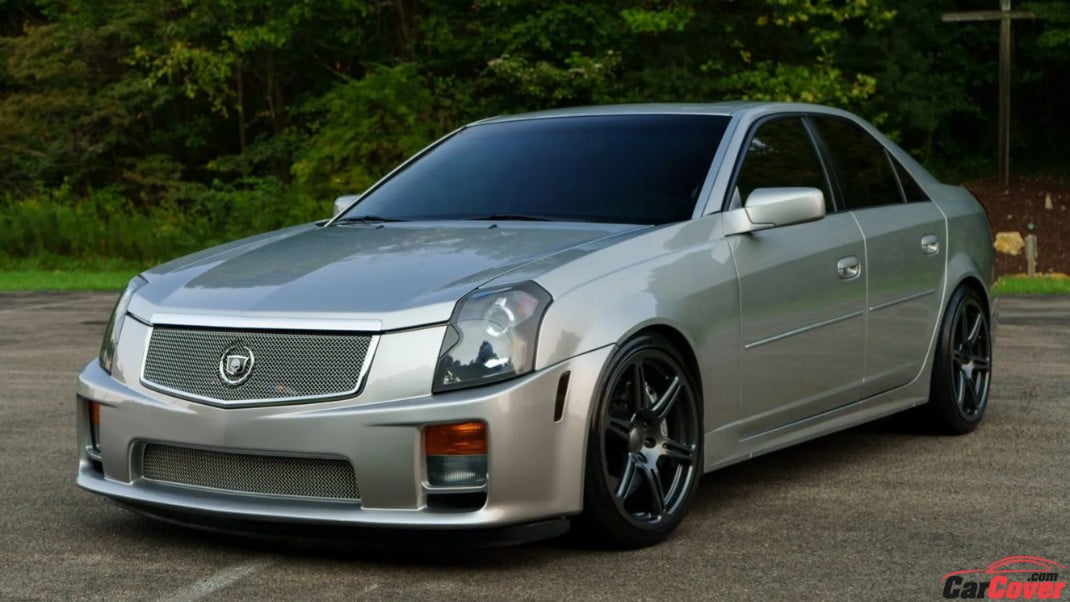

2008 Ford Shelby Mustang
One of the most iconic models of all time. Resembled the 1960s Shelby but with better power and performance; 500 horsepower and 480 pound-foot of torque.
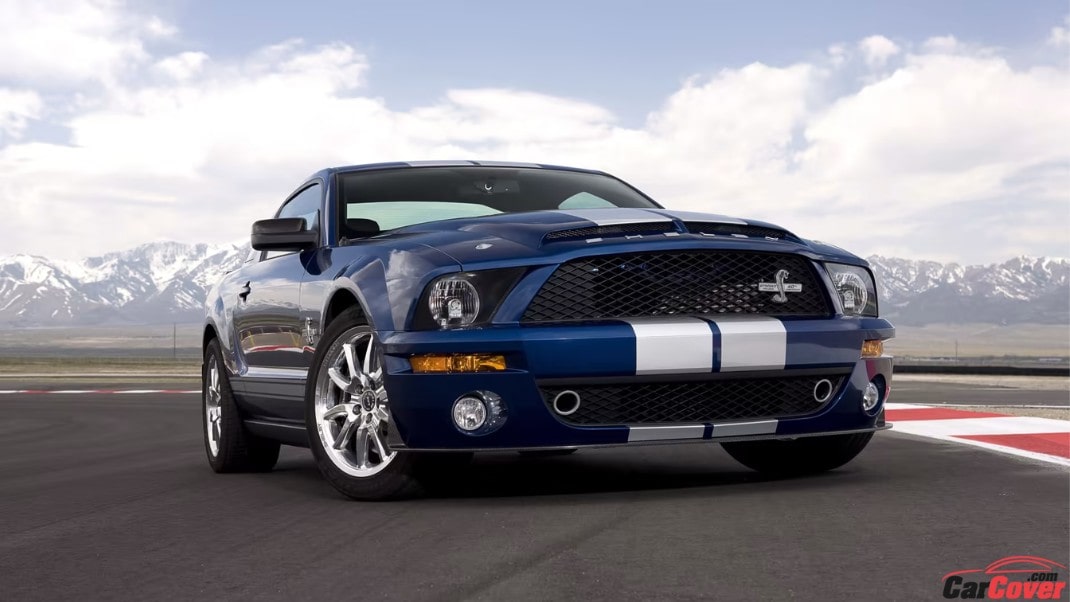

2016 Dodge Challenger SRT Hellcat
One of the most remarkable muscle cars of the last ten years. Had 707 horsepower from 650 pound-foot of torque and could do 0-60 in 3.6 seconds.
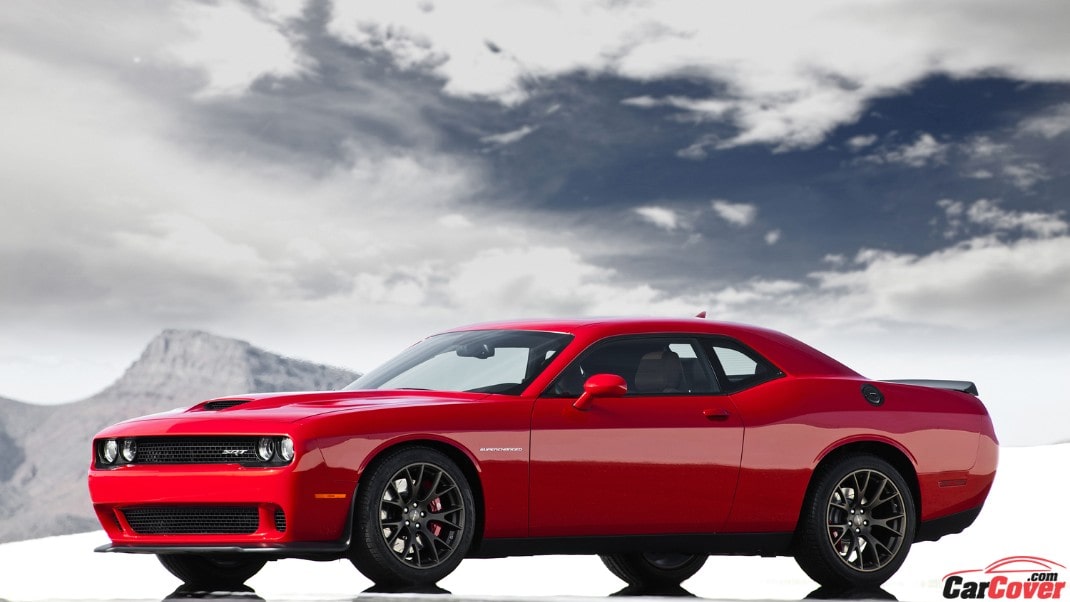

The Fall of the Great Muscle Car
The golden age saw a sharp decline in 1973. The Clean Air Act, increased insurance rates, and high fuel prices became significant obstacles, and the situation was worsened by the price impracticality of muscle cars. The federal law made it impossible to produce the same engines muscle cars were known for. This meant a decline in performance as manufacturers sought to meet regulations.
See also 50 Years Of Historical Ups And Downs In The Muscle Car Legacy Of The Dodge Challenger
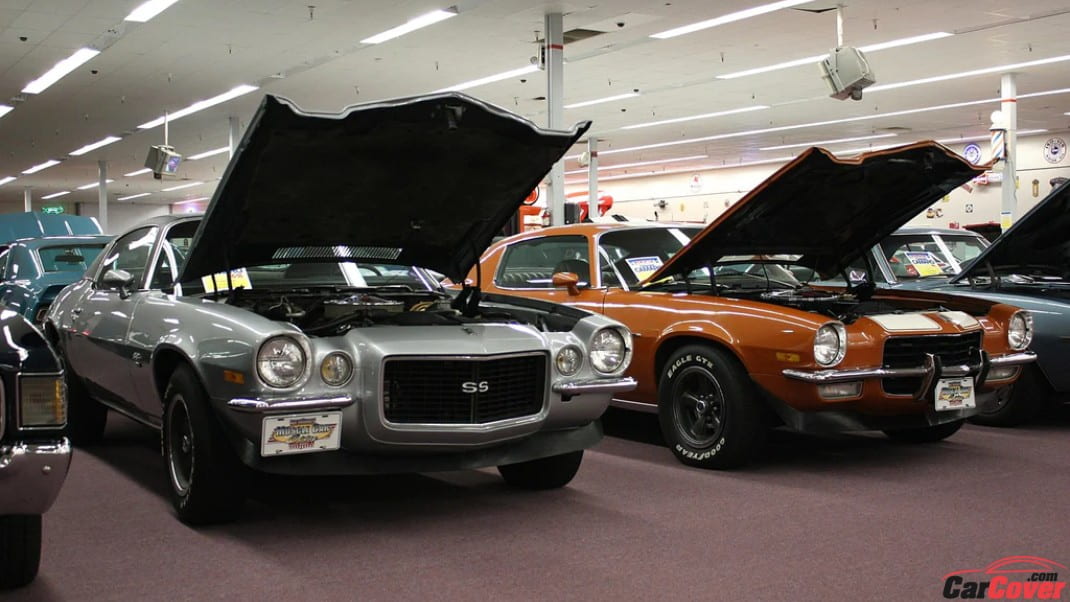

Conclusion
The muscle car has gone through one of the most interesting evolutions that make it an iconic piece of American culture. These cars are such an important piece of our history that we should do all we can to keep them around for as long as possible. Muscle cars are now one of the most valuable possessions, and purchasing one is an investment as they will keep increasing in value as time goes by. Technological advancements make it possible to have sustainable, powerful cars, so the future looks good for these cars.
Don't forget to support us by purchasing Dodge Car Covers products to protect your car from external environmental impacts! Wishing you safe driving on all roads.



